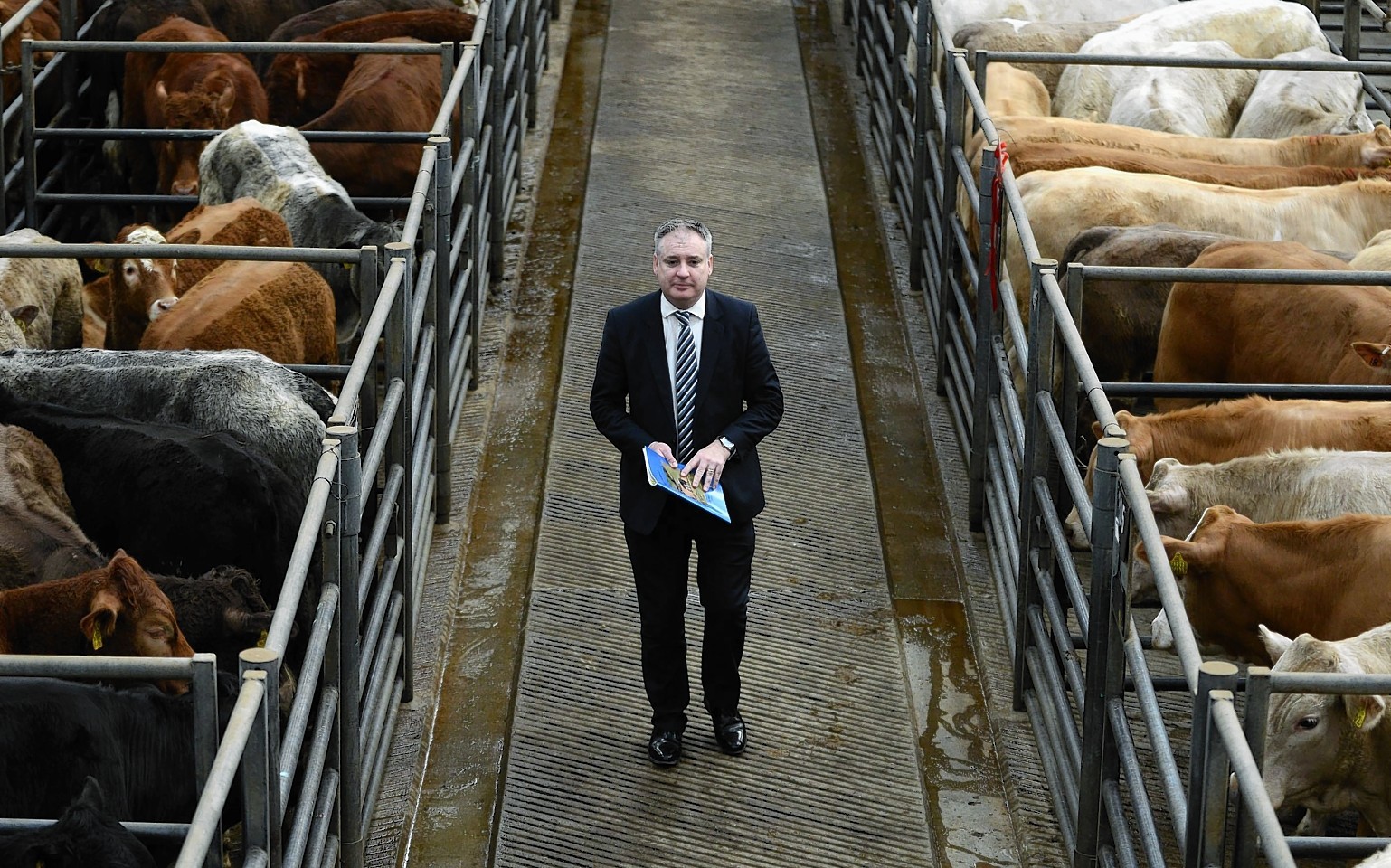The amount of money Scottish farmers owe to the banks is at its highest level since the late 1980s, according to new figures.
Government statistics released yesterday revealed that outstanding debt of Scottish farm businesses has increased for the sixth year in a row to £2.03billion.
Outstanding loans to farms rose by 4%, or £73million, in the year to May 31, 2015.
Taking into account inflation, this is up 3% since May 2014 and at its highest level since the late 1980s.
Adding more gloom to the financial picture of agriculture, Bank of England figures also show that by May 2015, the debt of the UK agriculture, hunting and forestry sector had risen by 42% since 2010.
The National Farmers Union for Scotland said the figures were a concern, but a reflection of the poor prices being paid to farmers.
The union’s chief executive, Scott Walker, said: “The reality is that the situation is likely to get worse. Price drops across all farm products have been severe this year and will be compounded be the lower direct payments many farm businesses will receive as the new Common Agricultural Policy (Cap) changes are implemented.”
He said the Scottish Government needed to ensure subsidy payments to farmers under the new Cap regime – which started this year – were paid on time in early December.
“It is equally important that banks and ancillary industries continue to support agriculture and provide some flexibility during these difficult times,” added Mr Walker.
Farm minister Richard Lochhead was a bit more upbeat about the figures and said it was good to see banks were still lending to the sector.
“There is no doubt that farmers are going through a tough time at the moment due to volatile market conditions compounded by the recent poor weather conditions,” said Mr Lochhead.
“Ministers are redoubling their efforts to help our farmers get through the current challenges to brighter times. For example, the Scottish Government is working flat out to be able to start make Cap payments before the end of this year, and will keep the industry updated on the likely timescale given the implications for their cash flows.”
